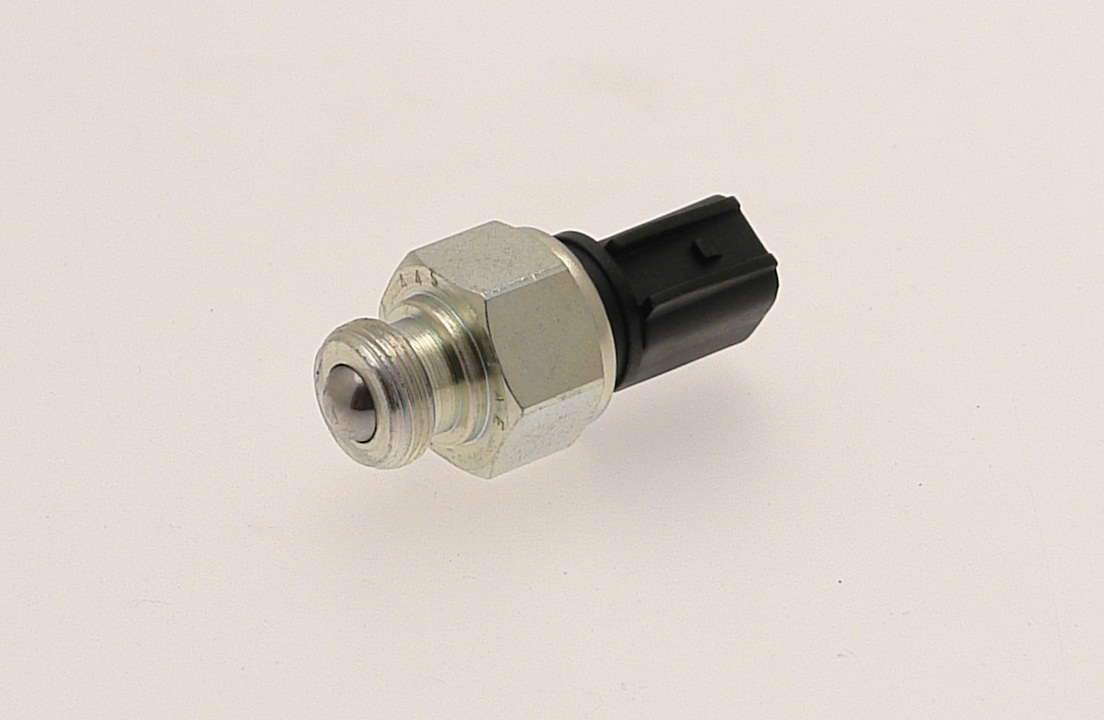-
When the reversing gear is applied the switch will operate the reversing lights on the back of the vehicle. In newer cars this is also used to switch on driver aids such as reversing sensors or cameras
-
Operated mechanically or hydraulically
Troubleshooting:
-
Symptoms:
-
Reversing lights failing to light up
-
Possible causes for failure:
-
Damaged switch connectors
Testing:
Before you locate the reversing light switch ensure that the ignition is switched off.
-
Firstly locate the switch and ensure that all connecting wires are secure. Check for any corrosion or leaks as any moisture present may damage the electrical connectors.
-
Once this check has been performed connect a multimeter to the reversing light switch and put the vehicle into reverse gear, the meter should register between 10 and 14 volts. If this isn’t the case the signal isn’t being received from the gearbox and all surrounding wires will need to be tested.
-
If there is a signal the resistance of the switch will need to be tested by connecting the switch to a multimeter. The resistance of the switch should be less than 10 ohm, if higher the switch will need replacing.
-
If all of the above do not show any defects to the switch, ensure that all fuses and bulbs are correctly inserted and operating correctly.

